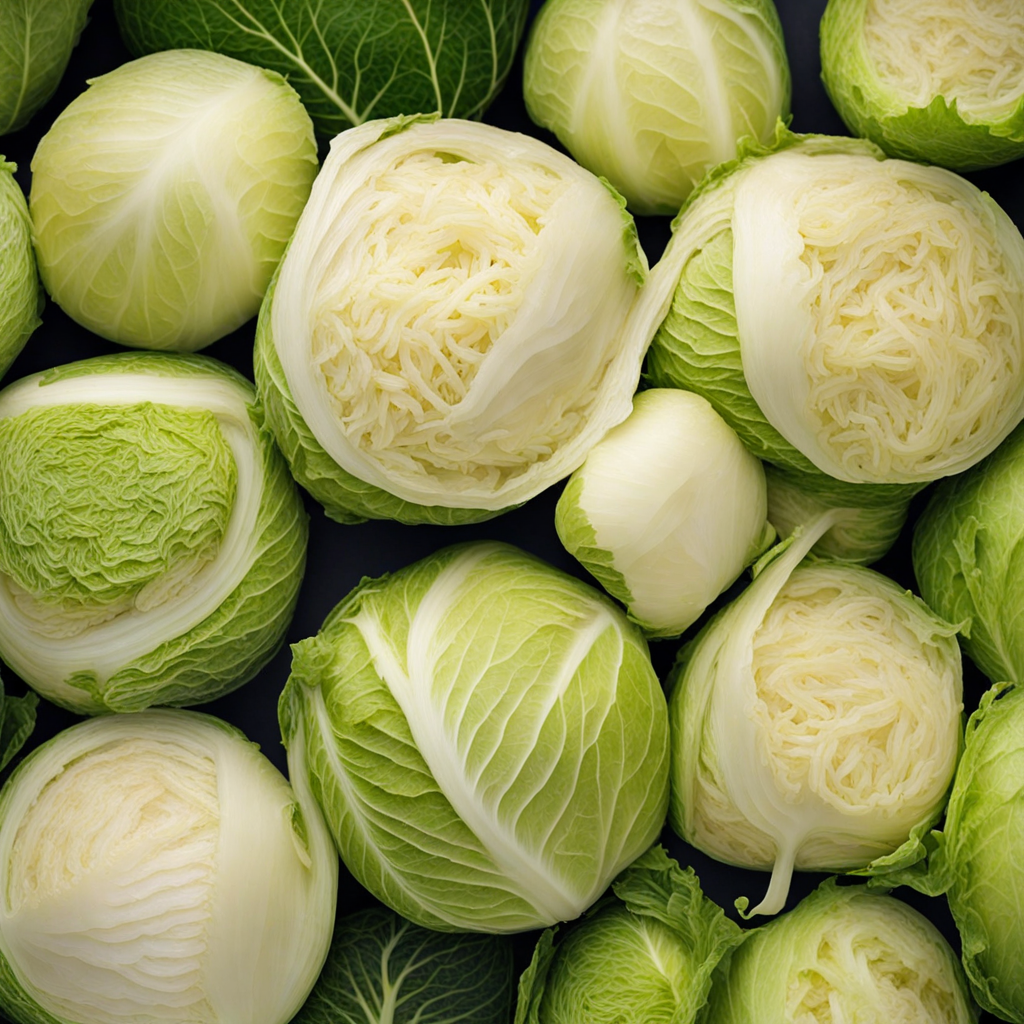Schnitzel
Schnitzel is a beloved German dish that consists of a thin slice of meat, typically pork, veal, or chicken, which is pounded until tender, then breaded and fried to a golden crisp. The preparation begins with the meat being coated in flour, followed by a dip in beaten eggs, and finally, rolled in breadcrumbs. This triple-layering creates a delightful crunch that contrasts beautifully with the juicy, flavorful meat inside. Often served with a wedge of lemon, the schnitzel's crispy exterior is enhanced by a splash of citrus that brightens the palate.
How It Became This Dish
The History of Schnitzel: A Culinary Journey Through Time Schnitzel, a dish that evokes the essence of German cuisine, has a rich history steeped in tradition, cultural significance, and evolution. This beloved breaded cutlet, typically made from veal, pork, chicken, or turkey, has transcended its humble origins to become a symbol of comfort food and culinary pride in many cultures. #### Origins and Early References The roots of schnitzel can be traced back to the 13th century in Italy, where a similar dish known as "cotolette" was served. The word "cottoletta" derives from the Latin “cota,” meaning a slice of meat, and it was often made using veal. The concept of breaded and fried meat quickly spread across Europe, with variations appearing in different countries. The first documented mention of schnitzel in the German context appeared in the 19th century, although the dish likely existed in various forms long before this. The term "Schnitzel" itself comes from the German word "schnitzen," which means to cut or slice. The preparation typically involves taking a piece of meat, pounding it thin, breading it with flour, eggs, and breadcrumbs, and then frying it to a golden crisp. #### Cultural Significance In Germany, schnitzel is more than just a meal; it is a cultural emblem that represents family gatherings, celebrations, and comfort. Traditionally served with potato salad, lingonberry sauce, or a wedge of lemon, schnitzel has become a staple in German households and restaurants alike. Variations such as "Wiener Schnitzel," which uses veal and is named after Vienna, showcase regional pride and culinary distinction. Schnitzel's significance extends beyond Germany to neighboring countries, particularly Austria, where it enjoys national pride as a quintessential dish. The Austrian version, Wiener Schnitzel, is strictly defined by its use of veal and adherence to specific preparation methods, reflecting the deep-rooted culinary traditions of the region. #### Development Over Time As the 20th century progressed, schnitzel underwent various transformations, adapting to changing tastes and ingredient availability. Post-World War II, schnitzel became a symbol of prosperity and comfort in Germany, as families sought hearty, satisfying meals amid a recovering economy. It became a frequent offering in restaurants, often served with a variety of sides that showcased regional produce. The rise of globalization in the late 20th century saw schnitzel's popularity expand beyond borders. Variations began to emerge, incorporating local flavors and ingredients. For instance, in Israel, schnitzel became a national dish after the mass immigration of Jews from Europe post-World War II. The Israeli version often uses chicken instead of veal, served with pita bread, hummus, and salad, reflecting the fusion of culinary traditions. The 21st century has seen the dish continue to evolve. With the rise of food trends emphasizing sustainability and health, chefs have experimented with alternative proteins and cooking methods. For example, vegetable schnitzels made from eggplant or zucchini have emerged, catering to vegetarian and vegan diets. This adaptability speaks to schnitzel's lasting appeal and its ability to resonate with contemporary dining preferences. #### International Influence and Variations Schnitzel's journey across the globe has led to numerous interpretations that highlight local ingredients and cooking techniques. In the United States, for example, variations such as "chicken-fried steak" echo the schnitzel technique but employ different meats and breading styles, creating a distinctly American comfort food. In the Latin American context, “Milanesa” reflects the influence of schnitzel, particularly in countries like Argentina and Uruguay, where breaded and fried meat is a staple of the culinary landscape. The Milanesa is often served as a sandwich or with mashed potatoes, showcasing the regional adaptation of the dish. In Asia, particularly in Japan, a similar dish known as "katsu" has taken on a life of its own. Chicken katsu or tonkatsu, made with pork, employs a similar breading technique but often features a sweeter sauce, demonstrating how schnitzel has inspired culinary creativity across cultures. #### Modern-Day Schnitzel: A Culinary Icon Today, schnitzel remains a beloved dish, celebrated for its crispiness, tenderness, and versatility. It is commonly found in German beer gardens, family-run restaurants, and upscale dining establishments alike. The dish has also become a popular choice for street food, with vendors serving up freshly fried schnitzels paired with refreshing sides. Schnitzel festivals and events across Germany and Austria celebrate this iconic dish, showcasing regional variations and culinary techniques. Chefs and home cooks alike take pride in their schnitzel-making skills, often passing down recipes through generations, ensuring that the art of schnitzel remains alive and well. #### Conclusion The history of schnitzel is a testament to the power of culinary traditions to evolve while maintaining their core essence. From its humble beginnings in medieval Italy to its status as a global comfort food, schnitzel embodies the rich tapestry of cultural exchange and adaptation. As it continues to inspire chefs and home cooks around the world, schnitzel remains a cherished dish, inviting people to gather around the table, share stories, and create lasting memories. Whether enjoyed in a traditional German setting or a modern fusion restaurant, schnitzel holds a special place in the hearts and palates of food lovers everywhere, a delicious reminder of the journey of food through time and culture.
You may like
Discover local flavors from Germany







